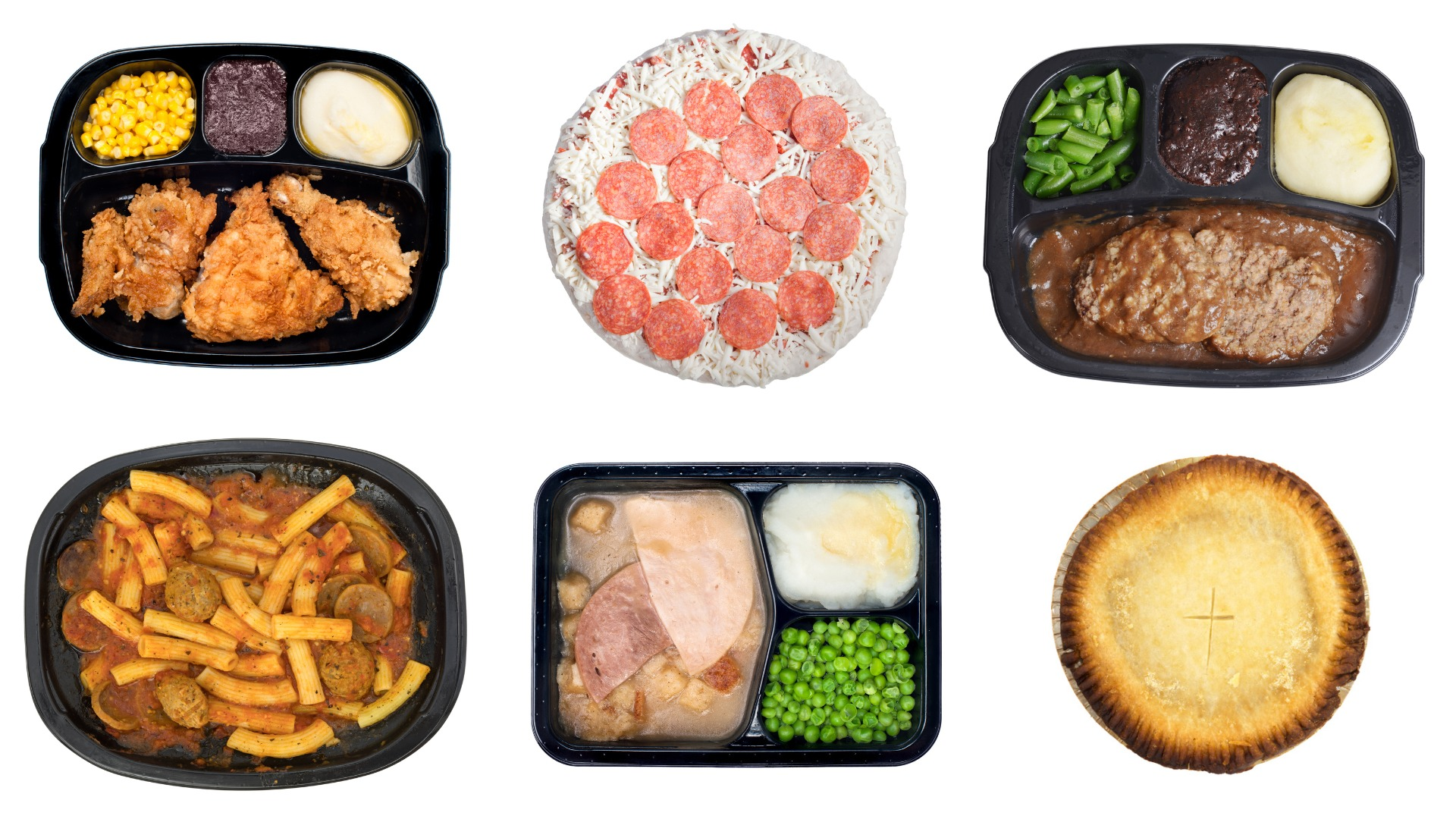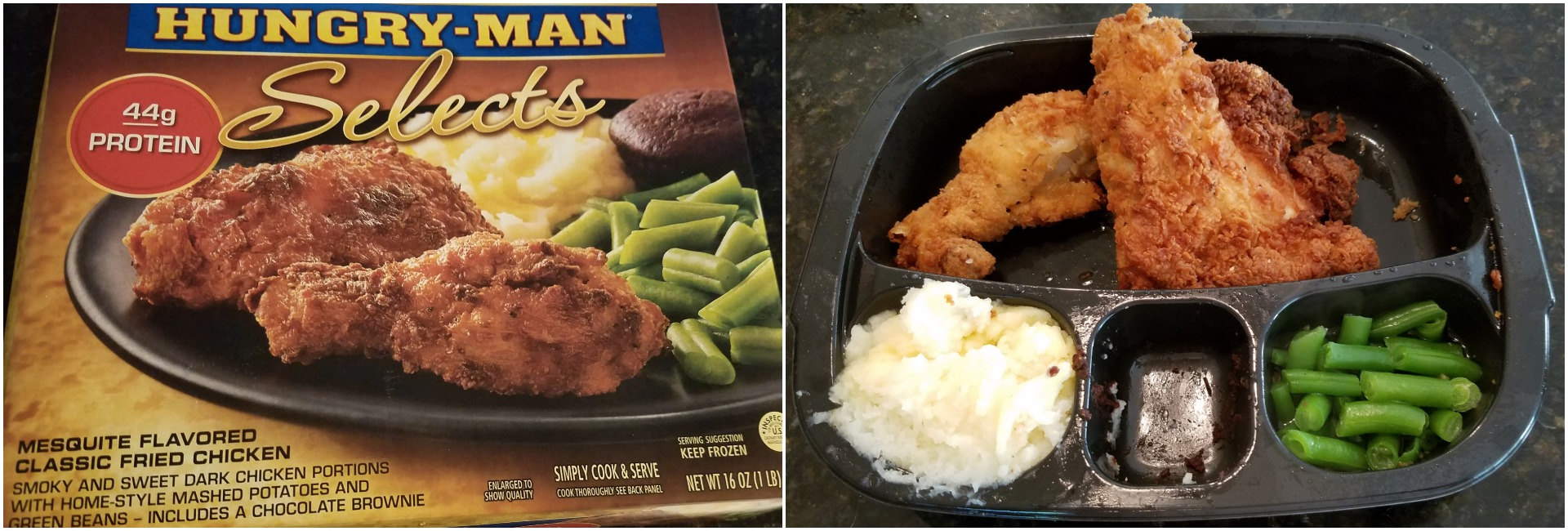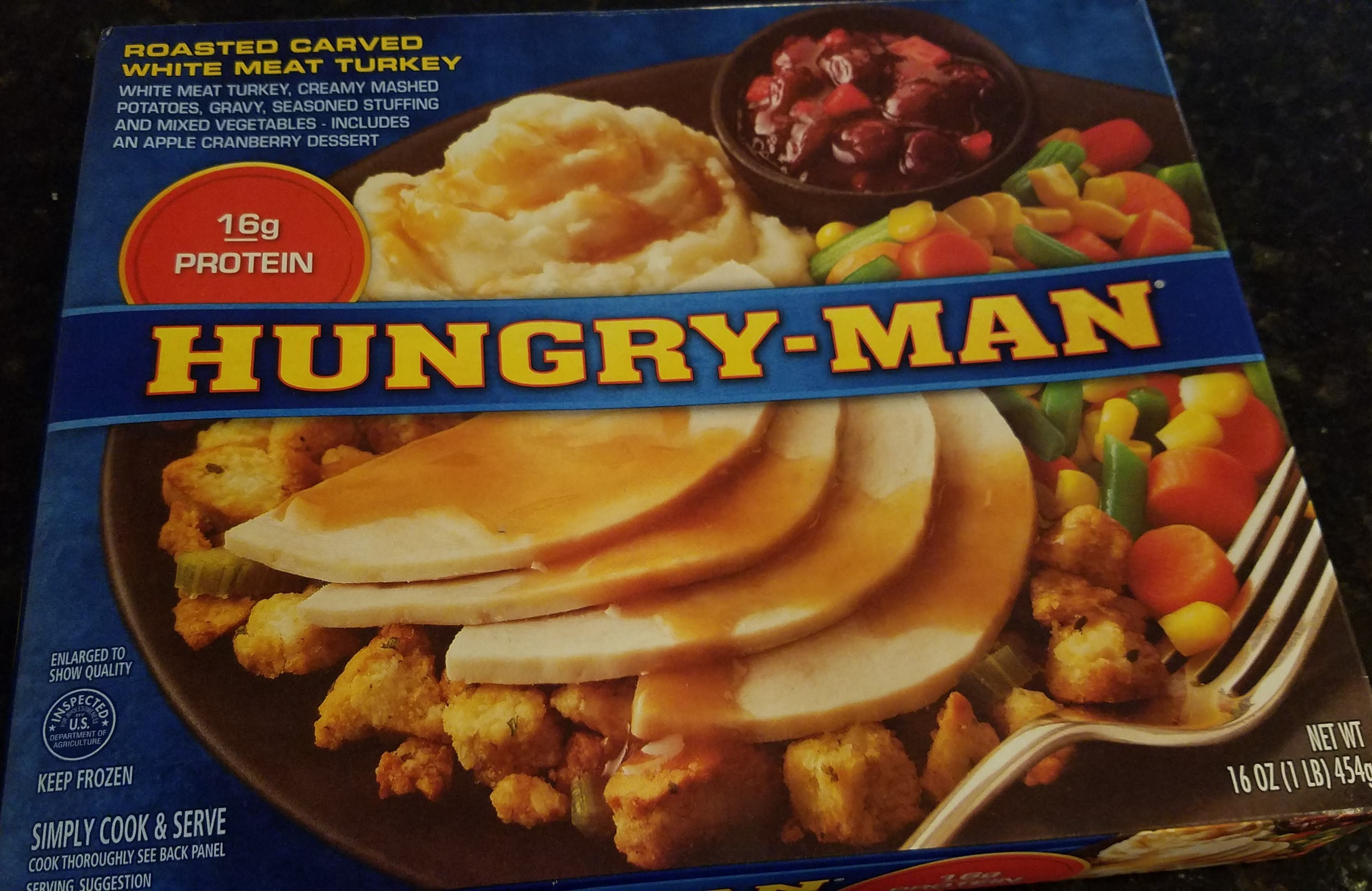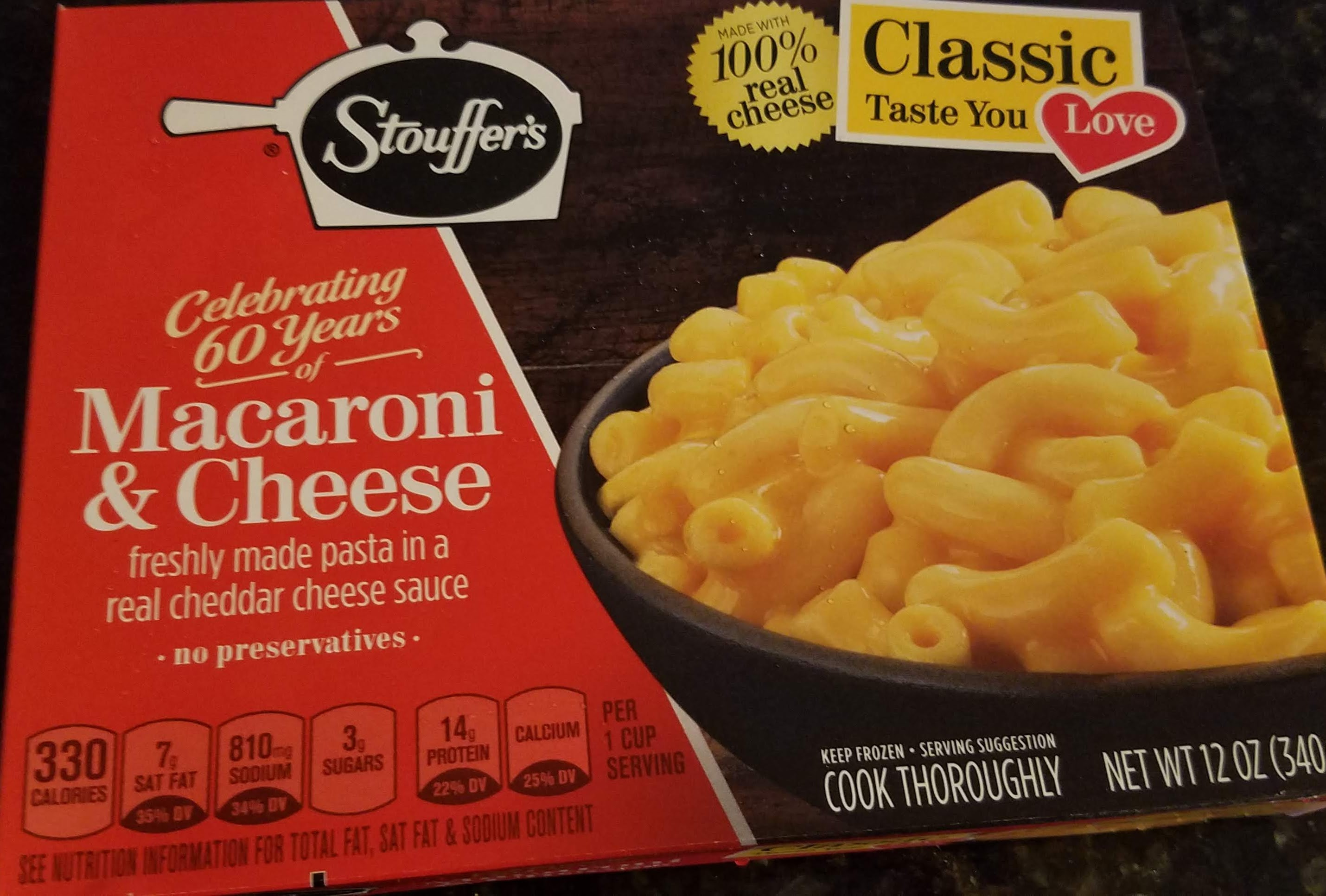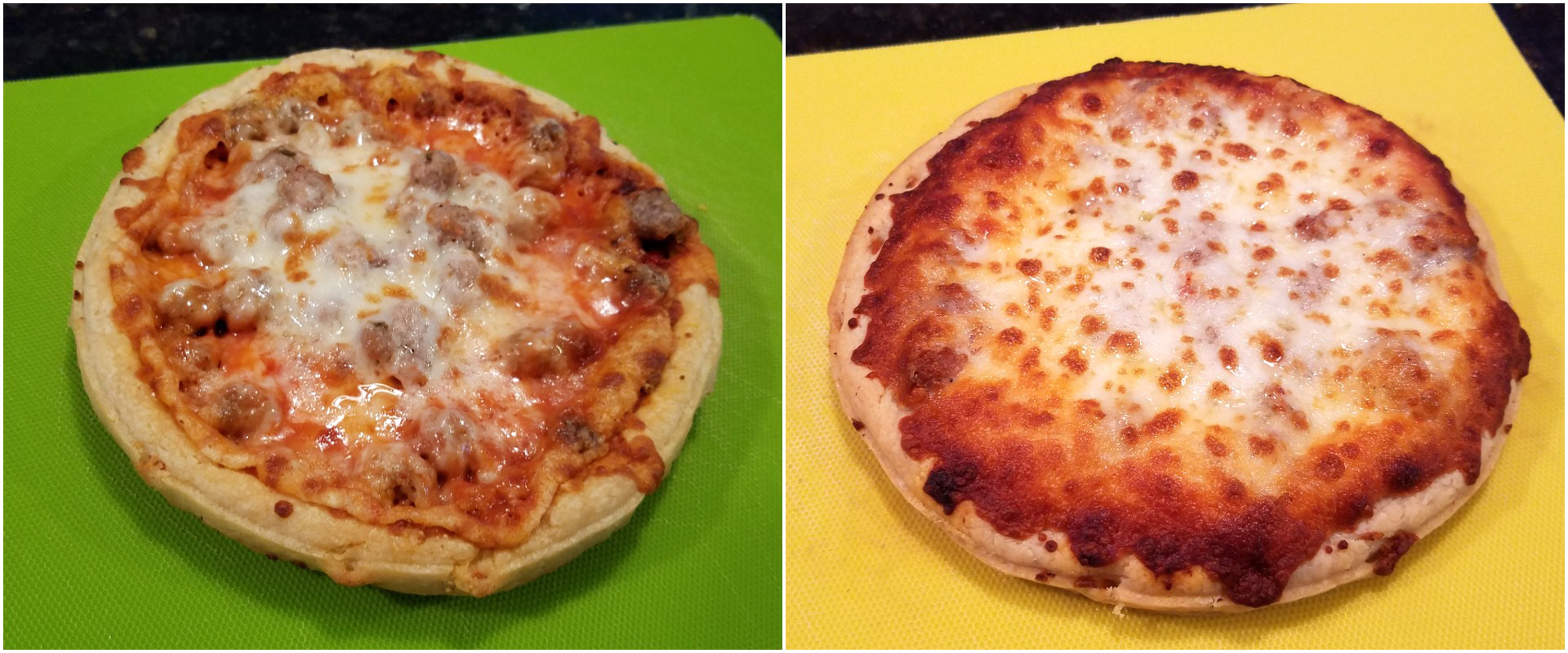Microwave Vs. Oven: Which Frozen Dinners Are Worth The Extra Time?
It's been about one and a half score since I've enjoyed a frozen entree cooked in an oven. As a kid, I remember countless gas oven-baked pot pies or TV dinners, which contributes to the positive nostalgia. When I was in charge of "making" (read: heating) my own meals, the microwave became the weapon of choice.
Still, I've been curious about the dual instruction set on frozen entrees. To engineer something that can taste comparable despite two different cooking methods is an amazing feat of food science. And it's a Monty Hall-esque challenge with a really low Zonk risk: Do you take the quick route and use the microwave, or do you roll the dice, and exchange more time for the promise of a better meal? At the end you still get food, but does the extra time pay off?
My assumption has been that given the choice, oven is better, because "we used the oven when I was a kid." That's not a good reason. So to develop a well-informed opinion, I cooked several pairs of entrees using both the microwave and conventional oven. The difference in taste was compared to the cook time, to decide whether the conventional oven version ("the scenic route") was superior to the microwaved version.
As you'll see below, the results were mixed. In the majority of cases, the conventional oven produced a tastier result, but not by a Secretariat-like margin of victory.
Note: Times include pre-heating and cooling.

Marie Callender’s Chicken Pot Pie
Microwave: 10-12 minutes, depending on microwave strengthOven: 70 minutes
Really, the pot pie came down to the crust. Unsurprisingly, baking the pot pie produced a flakier, brown crust. The microwave version was pretty pale and chewy in comparison. Take away the crust, and everything was the same between the conventional and microwave ovens. There was no change in vegetable texture, the under-crust was gummy, and the chicken had a cartilage-like crunch. It's not worth the extra hour for a moderately flaky top, when the rest of the dish is the same. Take that time to play a game of Risk with someone you love.Recommendation: Microwave
Hungry-Man Selects Mesquite Flavored Classic Fried Chicken
Microwave: 7.5 minutesOven: 60 minutes
In both the microwave and conventional oven directions, the chicken, potatoes and brownie are cooked without the film, but the results are fairly different.
Microwaving produced tender dark meat chicken, but flimsy breading. The vegetables had some crispiness. The chocolate brownie didn't taste like batter.
In the oven, the chicken maintained tenderness but developed a much crunchier shell. Both the brownies and the potatoes also had pleasing crispy tops, and the green beans were softer (you may not think softer green beans would be better, but in this kind of dish they just work better). Crunchy breading is a fried chicken prerequisite, so the microwave version loses on a technicality.
Recommendation: Oven
Hungry-Man Roasted Carved White Meat Turkey dinner
Microwave: 9 minutesOven: 55 minutes
This was the tightest race based on flavor. The star was the cranberry sauce, which melded in a Thanksgiving way with the potatoes, turkey and stuffing. It was the same regardless of cooking method. In the microwave, everything was cooked evenly, but the mixed vegetables had a springy and unnatural half-crunch to them. Plus, the stuffing tasted drier than expected, given the dish steamed itself in the microwave.
Everything was slightly better in the oven version, with softer stuffing and well-cooked (but dingy-looking) vegetables. Absent the vegetables, I couldn't pick which came from the oven versus the microwave if we repeated this exercise 10 more times. Although the oven had moister stuffing and more homey vegetables, the time it took to produce them exceeded the increased satisfaction.
Recommendation: Microwave
Stouffer’s Macaroni & Cheese
Microwave: 7 minutesOven: 75-80 minutes
The microwave version gives some faint caramelizing to the cheese, with al dente noodles and a soupier sauce. When prepared in the oven, the cheese thought about browning a little more seriously, but still couldn't make it. The noodle texture mirrored the microwave version, but the sauce really tightened up. This makes sense, since the film is removed in the conventional oven.
On taste alone, the oven version wins, but 75 minutes is a really long time to wait—that's a full viewing of Charlie Chaplin's The Kid.Recommendation: Microwave
(A word of caution: Handle the container with care regardless of how you heat it, because this dish comes out molten hot.)
Home Run Inn Mini Classic Sausage Pizza
Microwave: 6 minutesOven: 30 minutes
I was hesitant to try microwave pizza, but surprisingly it produced brown cheese and a crispy, thoroughly-cooked crust. The conventional oven also produced a firm crust and browned toppings, but the mozzarella was several notches better, with a stringier, pizza-y feel. I ate all of the oven version, despite having both available at the same time.
Most people are conditioned to waiting 30 minutes for pizza, and the time difference isn't as big as it is for some of the other dishes reviewed. Unless you just can't wait, this is a case where the extra time counts.Recommendation: Oven
More often than not, the slower conventional oven directions yielded a tastier product. This is more true where crispiness and texture matters, like with fried chicken or pizza. However, as the recommendations demonstrated, I learned the gap between oven and microwave directions was pretty narrow. If you have to save time, at least you won't sacrificing that much quality.
